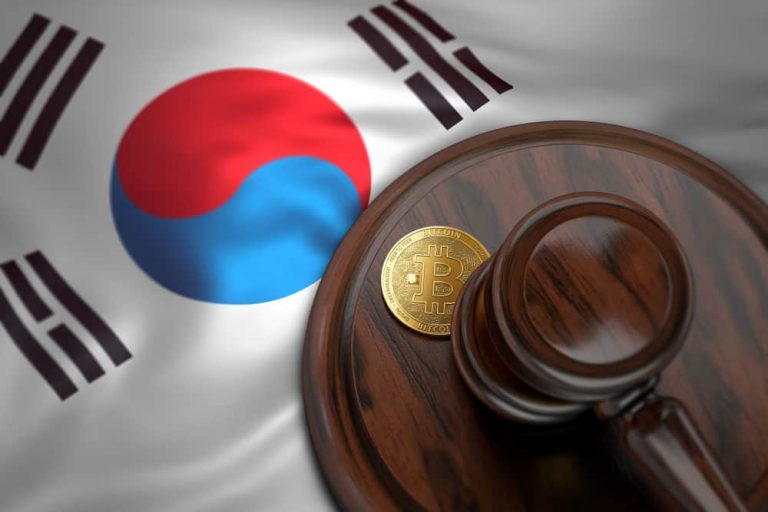
South Korea’s ruling Democratic Party has introduced the Digital Asset Basic Act, a bill to regulate and enable stablecoin issuance by local companies. The legislation, proposed by lawmaker Min Byeong-deok, requires stablecoin issuers to hold over 500 million Korean won (approximately $367,890) in capital and maintain separate reserves. It aims to establish clear rules for the crypto sector, positioning South Korea as a leader in the global digital economy.
The bill also includes provisions for a self-regulatory body and clearer guidelines for crypto service providers. This move aligns with President Lee Jae-myung’s pro-crypto stance, including plans for a won-backed stablecoin to reduce reliance on foreign stablecoins like USDT and USDC, addressing capital outflows estimated at 56.8 trillion Won. The central bank has expressed concerns about monetary policy implications, advocating for oversight. South Korea’s crypto market, with 18 million users and a Q1 2025 stablecoin volume of 57 trillion won, is one of the world’s most active.
The introduction of the Digital Asset Basic Act in South Korea, allowing stablecoin issuance, has significant implications for the economy, financial system, and global crypto landscape. With 18 million crypto users and a Q1 2025 stablecoin trading volume of 57 trillion won ($41.9 billion), South Korea is a crypto powerhouse. The legislation could further mainstream digital assets by providing regulatory clarity, encouraging institutional participation, and fostering innovation in blockchain-based financial services.
Register for Tekedia Mini-MBA edition 19 (Feb 9 – May 2, 2026): big discounts for early bird.
Tekedia AI in Business Masterclass opens registrations.
Join Tekedia Capital Syndicate and co-invest in great global startups.
Register for Tekedia AI Lab: From Technical Design to Deployment (next edition begins Jan 24 2026).
The push for a won-backed stablecoin aims to curb reliance on foreign stablecoins like USDT and USDC, which reportedly caused ?56.8 trillion ($41.7 billion) in capital outflows. A domestic stablecoin could retain economic value within South Korea, strengthening the won and reducing exposure to foreign exchange risks. The Bank of Korea has raised concerns about stablecoins’ impact on monetary policy, as they could bypass traditional banking systems and complicate liquidity control. The requirement for issuers to hold reserves and substantial capital (500 million won, ~$367,890) aims to mitigate risks but may limit smaller players’ ability to enter the market.
By establishing a clear legal framework, South Korea could set a global standard for stablecoin regulation, attracting international crypto firms and positioning itself as a hub for digital finance innovation. A won-backed stablecoin could challenge the dominance of USD-pegged stablecoins, aligning with South Korea’s ambition to lead in the digital economy. However, it may face hurdles in gaining global adoption due to the won’s limited international use compared to the dollar.
The legislation’s focus on reserves, capital requirements, and a self-regulatory body could protect consumers from risks like issuer insolvency or fraud, addressing concerns seen in past crypto failures (e.g., Terra-Luna). The bill aims to foster innovation while imposing strict oversight, potentially creating a safer environment for crypto adoption but also increasing compliance costs for businesses.
President Lee Jae-myung and the Democratic Party’s pro-crypto stance contrasts with the central bank’s cautious approach. The Bank of Korea’s concerns about monetary policy disruptions and financial stability reflect a tension between innovation and control. This could lead to friction in policy implementation, especially if the central bank pushes for stricter oversight than the bill currently proposes. South Korea’s crypto market is heavily urban, with younger, tech-savvy populations driving adoption. Rural areas, with less access to digital infrastructure, may see limited benefits, potentially widening economic disparities.
The high capital requirement (500 million won) favors well-funded corporations, potentially sidelining startups and smaller firms. This could concentrate stablecoin issuance among a few large players, reducing competition and innovation diversity. Crypto adoption is already skewed toward wealthier, urban investors. While the legislation may stabilize the market, it could deepen financial inequality if access to stablecoin-related opportunities (e.g., investment or services) remains limited to those with significant resources.
South Korea’s proactive regulation could give it a first-mover advantage in the global crypto race, but it may also create tensions with countries like the U.S., where stablecoin regulation remains fragmented. A won-backed stablecoin could face challenges in international markets dominated by USD-based assets. South Korea’s advanced infrastructure and crypto user base contrast with developing nations lacking similar regulatory or technological capacity. This could widen the global digital finance gap, as South Korea attracts investment and talent that might otherwise flow to less-regulated markets.
The crypto community often champions decentralization, but the bill’s regulatory framework and potential central bank oversight lean toward centralized control. This could alienate purist crypto advocates who see stablecoins as a tool for financial sovereignty, creating tension between regulators and the crypto community. The legislation balances fostering innovation with preventing risks, but stricter rules may stifle experimental blockchain projects. This could divide the crypto industry between those prioritizing compliance and those pushing for unregulated innovation.
South Korea’s stablecoin legislation is a bold step toward integrating digital assets into its financial system, with potential to boost economic growth, reduce capital outflows, and establish global leadership in crypto regulation. However, it also risks deepening divides—politically between pro-crypto and cautious factions, economically between large and small players, and globally between nations with varying regulatory approaches. The success of the Digital Asset Basic Act will depend on navigating these tensions, ensuring inclusive access, and balancing innovation with stability.



